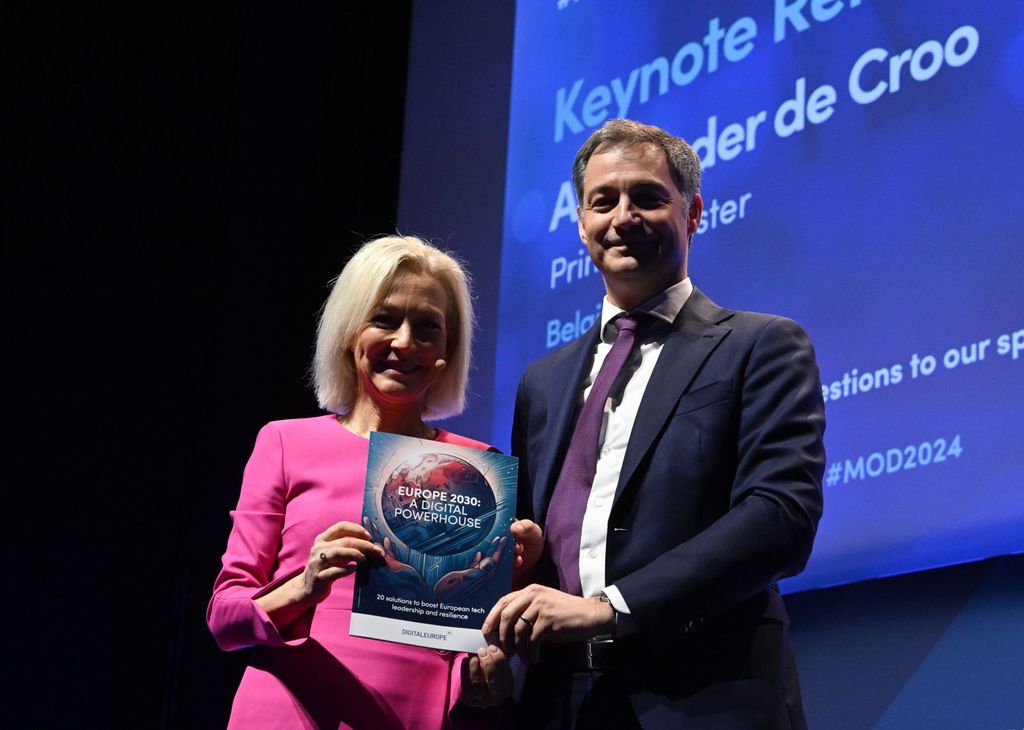
DiPP - Moving on: transitioning from tech-assisted to tech-driven transportation
Like curiosity and maybe powered by it, mobility is intrinsic to mankind. Whereas its advantages are countless for individuals (instant reward such as turning holidays into an horizon-stretching experience or traveling to a family reunion) as well as for society (the Age of global exploration sprinkled with figureheads such as Colombo, Vasco de Gama, Magellan and many other stars of lesser magnitude) its costs have long been kept hidden from the public eye.
Should we turn a blind eye to the fact that cars contribute 22% of overall CO2 emissions although they are idle 96% of the time or that their maintenance cost averages €5,500 per year in Europe? Seemingly impervious to these ‘slight impediments’ since the Great Horse Manure Scare of 1894 up to today’s growing concern with climate change, man has ever displayed a knack for making the most of technological progress with a view to increase mobility. ICT is no exception: radar, ILS in aviation, GPS, connected and soon autonomous vehicles, etc. For better or for worse, mobility has surged to the top of the political agenda lately as an increasing number of people become city dwellers: for the first time in history more than 50 % of the world’s population live in urban areas; by 2050, about 70 % of people are likely to be city dwellers, compared with less than 30 % in 1950. Furthermore, there is a strong relationship between transportation and social mobility. Our life opportunities depend on amount of time spend for commuting to school or work.
Speakers
-
Isabelle Vandoorne
Intelligent Transport Unit, DG MOVE
-
Eddy Hartog
Head of Unit, Smart Mobility and Living, DG CNECT
-
Fabienne Weibel
Head of Public Policy, BlaBlaCar
-
Agata Wejman
Head of Public Policy and Government Relations, Uber
-
Vanessa Holve
Policy Advisor, EUROCITIES
Moderator
-
John Higgins
Director General at DIGITALEUROPE
A massive shift that doesn’t go without challenges
The mere size and number of opportunities offered by ICT-enabled transportation earned the industry a reputation of game-changer. How does this fit reality of transportation systems whose legacy can be traced back to the 19th century at times?
Challenge # 1 is the huge discrepancy between transportation needs and the ability of available means of transportation to meet these needs. As would befit the topic of mobility it all boils down to pace: the former piece of the equation seems to grow exponentially while the latter is informed by long cycles of investment, whether for manufacturing cars or deploying infrastructures.
Challenge # 2 is more specific to goods: moving them freely from A to B requires a lot of paper work. Relieving administrative burdens is a significant part of a broader, multimodal, holistic approach to goods transportation adopted by the European Commission, even before drones started becoming an inspiration and an effective spur to adjust fast.
Challenge # 3 originates in the difference between incremental and disruptive progress. Consumers never have enough of the latter while governments – blame it on path-dependency if you will – feel more comfortable with the former.
Challenge # 4 drives the focus of public policies: are regulation, standards, data use, access or ownership as many valid starting points to consider?
What makes these challenges particularly tough to address is the blurring frontier between what used to be distinct products or services: a telephone set or a camera? A car or a PC on wheels? A train or a bullet powered by magnetic levitation?
Groping for firm ground on treading unchartered territory
The unprecedented scale of these developments makes past experience hardly relevant. Luckily there are some beacons of light such as these findings.
Correlation # 1 documented by the OECD identifies parallel trends between affordable, seamless mobility on one hand and social inclusion on the other hand.
Correlation # 2 establishes a strong link between the use of Uber services and that of mass transportation: in London 30% of Uber users take the Tube. As a practical consequence Uber data bring a most helpful, cost-effective contribution to cities contemplating expanding metro lines, for instance.
The art of seeing the glass half-full








